MENUMENU
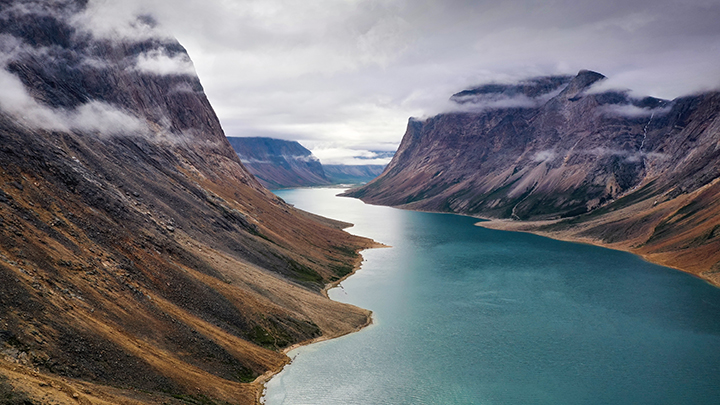
The Immense Torngat Mountains
Written By | Tom Comet
Last summer the DroneBoy Team had an amazing opportunity to fly and film in Canada’s Torngat Mountains in northern Newfoundland & Labrador. In this BLOG post I will provide some insight into this incredible and rarely visited part of Canada and our experiences working with our drones way up north.
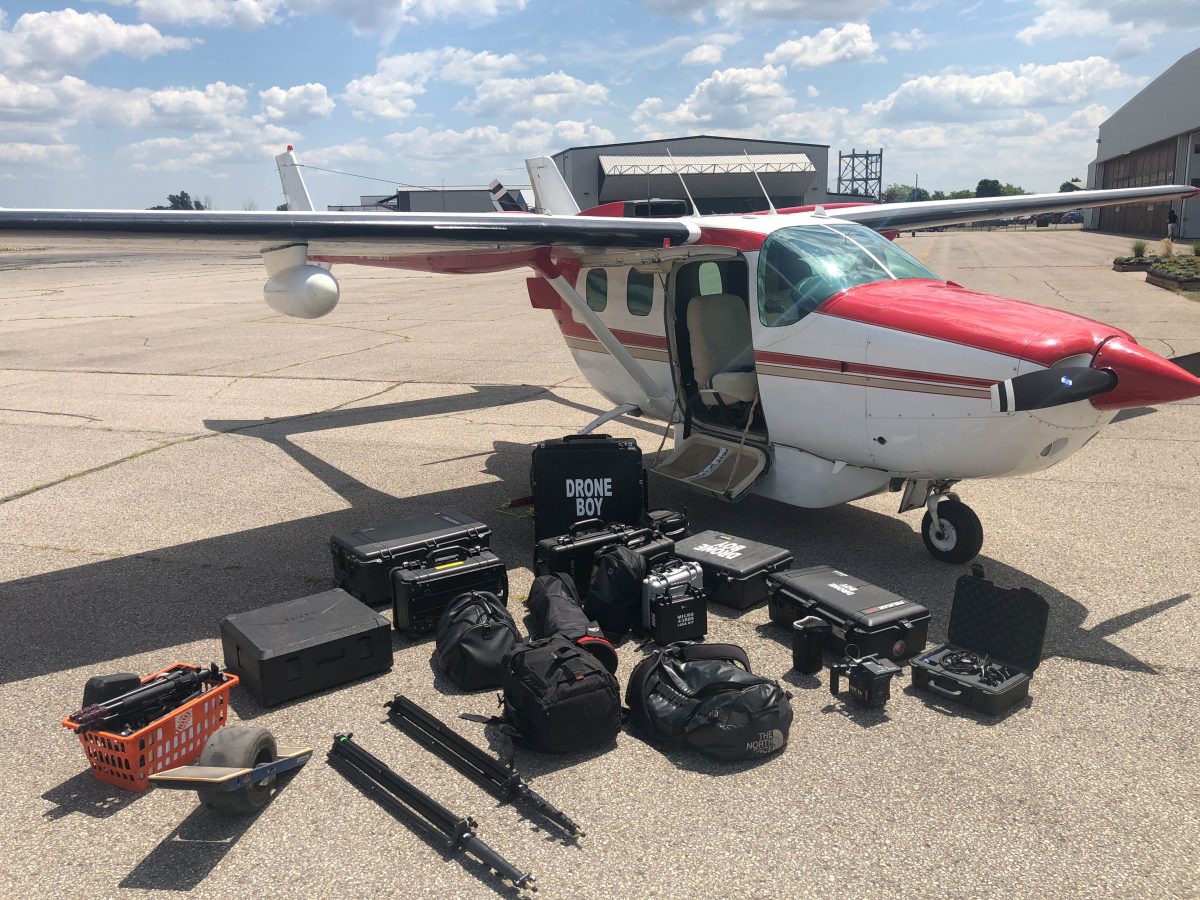
Flying To The Gig
Torngat Mountains National Park is Canada’s newest park and is as stunning to behold as it is difficult to get to. The park is located at the very northern tip of Newfoundland & Labrador at nearly the same latitude as Greenland and is accessible only by boat or aircraft. In our case, we chose to fly the DroneBoy Cessna 337 SkyMaster from our home base just outside Toronto Ontario to Happy Valley Goose Bay(I just love that name!). At DroneBoy we are very fortunate to own our own aircraft and whenever it is logistically feasible we will “fly ourselves to the gig” as it is more direct and we can take whatever baggage we want. That and the fact that it is just a whole lot more fun too!
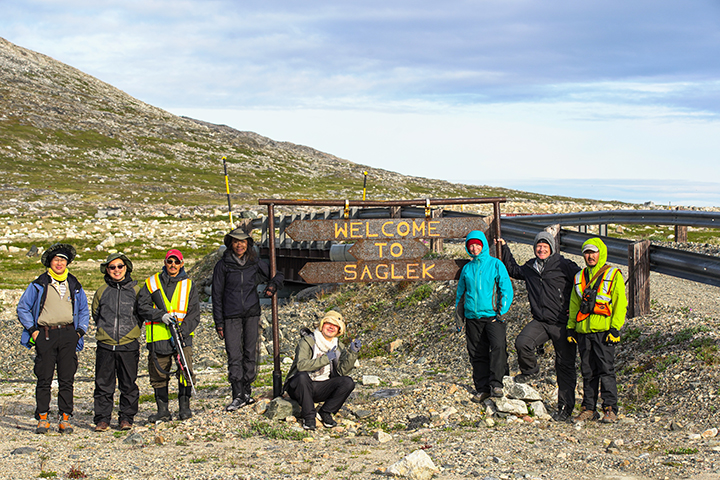
Welcome to Saglek!
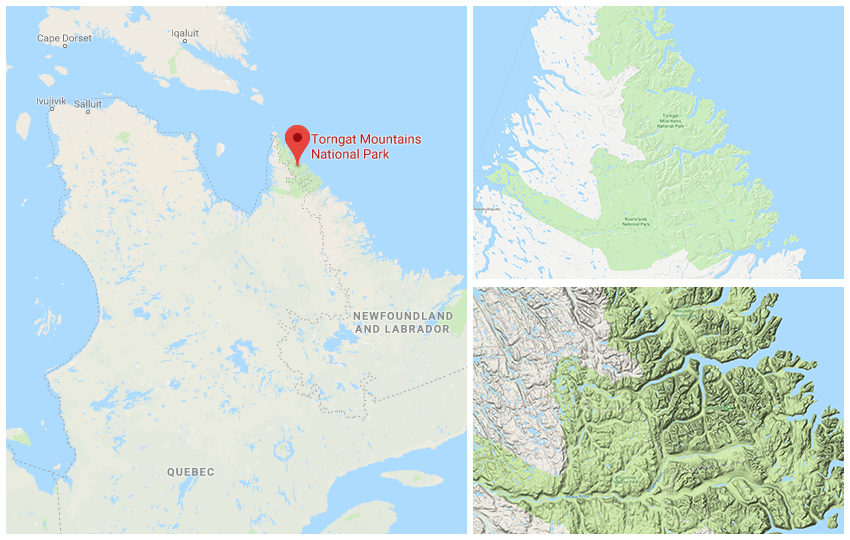
Torngats Map
In Goose Bay we joined the rest of our Documentary team and boarded their Pal Airlines chartered Twin Otter which we flew 600km north to the abandoned Canadian Forces airstrip in Saglek which is the closest functioning airstrip to the Park. From Saglek we met with our hosts and we then took a short helicopter flight to the Torngat Mountains Base Camp & Research Station which is located just outside the southern border of the park on a beautifully protected bay. This spectacular Base Campsetting would be our home for a week and it was a truly amazing place to stay. We slept in specially constructed yurtsand ate all our meals in the communal mess hall which was a series of trailers that are stuck together creating a very cozy permanent structure. There was amazing staff on hand who did all the cooking and took very good care of us every step of the way. There were hot showers and power was provided by a system of solar panels in conjunction with a large diesel generator. We had all the comforts of home in the most beautiful setting imaginable!
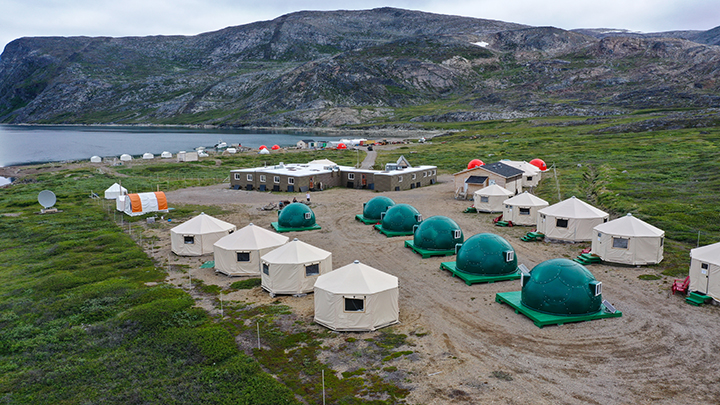
Our Stunning Basecamp
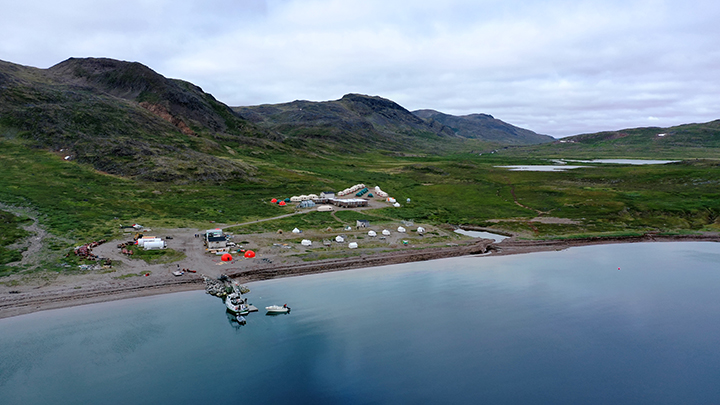
The Torngat Base Camp is a joint venture between Pal Airlines, Parks Canada and the local Inuit People who make up a good portion of the staff on site. We were in very good hands and rightfully so. This area has a very large Polar Bear population which, if not managed correctly, can cause conflict with the visiting public. A 20,000V electric fence surrounding the Camp kept us safe at night and, for the duration of our excursions out of Camp, we were never out of sight of our very well trained (and well armed) Inuit Bear Guards. As we were told during our initial briefing, the Polar Bears were not to be feared but they deserve the utmost respect and should be kept at a distance. During our aerial filming missions we were very lucky to get our drones relatively close to a number of Polar Bears and we captured some amazing footage of them in action. I was particularly impressed by just how fast such large animals can move, even straight up near vertical rock faces. My conclusion after seeing that physical display through the eyes of my drone was that I wouldn’t even stand a chance outrunning an angry Polar Bear. Best to stay away, or, better yet, stand BEHIND an armed Bear Guard!
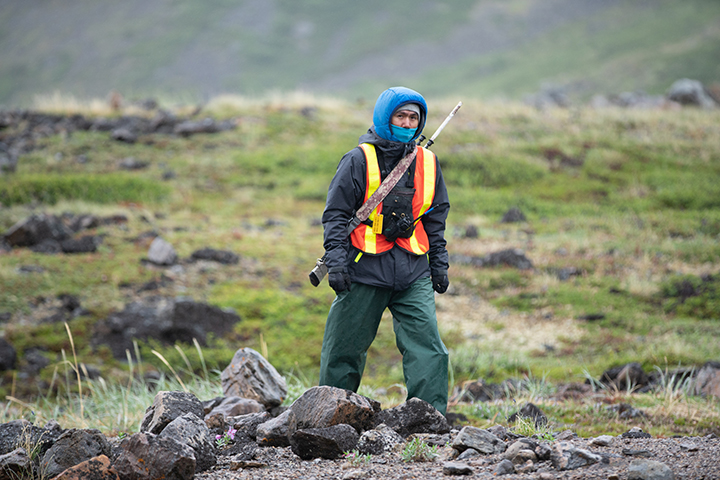
One Of Our Trusty Bear Guards
As the Drone Team on this documentary project it was our job to fly and film all over much of the southern portion of Torngat Mountains National Park. The areas we visited were only accessible by boat so each day we loaded our gear in the small “fast boat” and were transported by our awesome local Parks Canadaguide, Andrew, to a new and even more beautiful setting then the last. The North Arm, Rose Island and “Bear’s Gut”were just a few of the spectacular places we visited and filmed with our drones. Inevitably we would make numerous unplanned stops along the way to film and appreciate the amazing vistas presented to us. A particularly stunning iceberg (there were thousands), a swimming Polar Bear or, in one case, to stop and cast our fishing lines in from a rocky beach and catch a 5lb Arctic Char on the second try which was promptly cleaned and cooked on an open fire with the Inuit Bear Guards providing fresh bannock. YES, it tasted AMAZING!

Drone Pilot Catching Lunch
This documentary expedition to the Torngat Mountains was truly a dream job as our task was to mostly just capture aerial drone shots of the beautiful natural environment which was available in literally every direction we pointed our flying cameras. Spectacular scenes were easily found but some the drone operations were a little challenging. Even in the summer it was very cold on the water (remember all those iceberg) and we were deploying our drones from a relatively small boat which is always nerve wracking. We launched from the small deck and had to hand catch the drone after each flight (not something I recommend for anyone but the most experienced team who have practiced in a controlled environment on land many times).
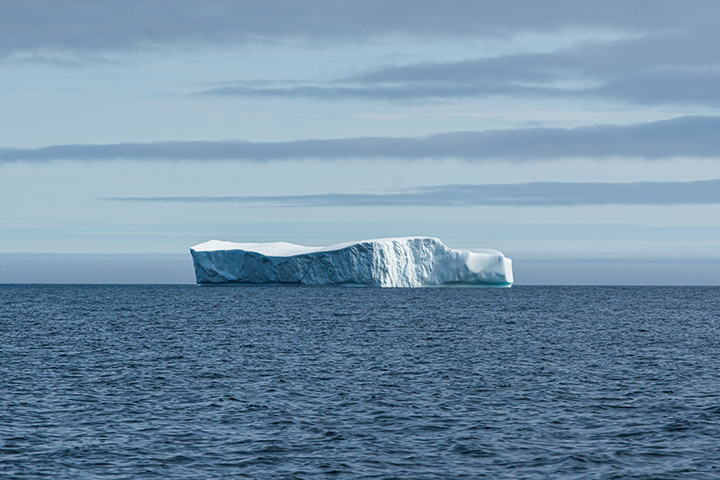
Another challenge that I had not anticipated going into this job was the difficulty of judging space and distance in an area with such large mountains made up entirely of arctic tundra and no trees. The lack of trees or anything else of familiar size makes it difficult to judge scale and, as Pilot, I found I would often misjudge just how far the subject of our shoot was away from me due to the lack of reference (trees) and the crystal-clear air. I remember times when we deployed the drone to film an iceberg from what I thought was less than a half a kilometer away only to discover that our “target” was much further and we were forced to land and reposition the boat closer for another try. Distance was very hard to judge! However, one benefit was that it was possible to fly up to 1km away and remain compliant to our legally required visual line of sight (VLOS) regulation. These kinds of long distance flight profiles required very careful battery management and flight planning to ensure that we made it back to base (the boat) safely with adequate power reserves as almost all our operations took place over water.
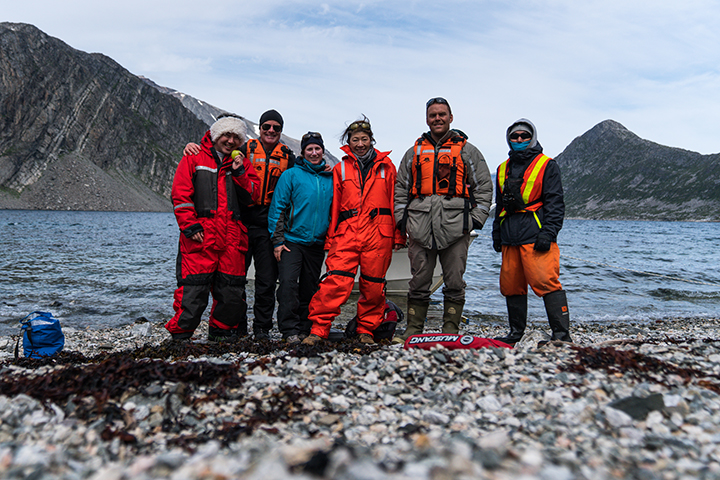
PRO TIP – Change your camera media often when flying over water with your drone. If you have the unfortunate experience of losing your drone in the water you just loose the drone and not the drone and a whole day’s footage. No, we did not have this unfortunate experience but it is always a good practice.
LEGAL NOTE – flying drones in National Parks is normally not allowed and we were only able to do so after a lot of careful planning, great contacts and the appropriate permissions in place months before we arrived. This took time, money and a good deal of effort but was well worth it. Please, don’t go flying your drone in National Parks without the appropriate permits and permissions. It is illegal, a distraction for the other visitors trying to enjoy the Park’s natural beauty and a bother and stress to the wildlife. We were very conscious of the other visitors (both human and animal) and we flew far away from their excursions as we could so as not to distract away from their own experiences.
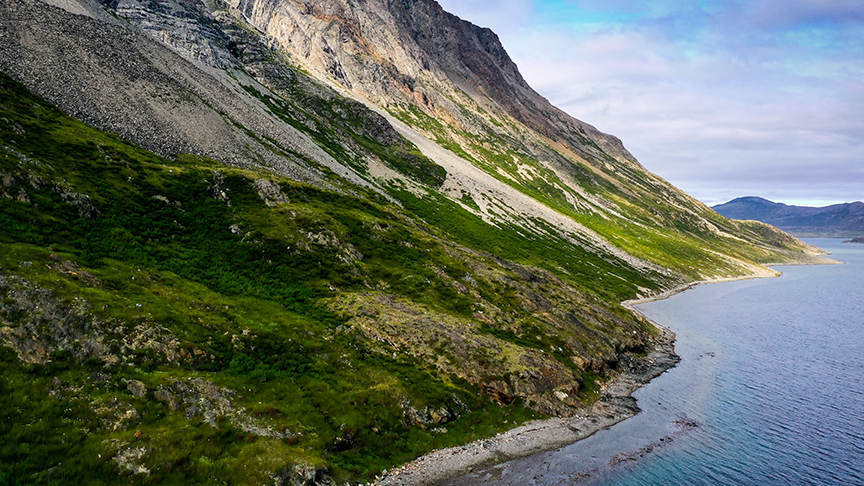
Our trip to the Torngats National Park was certainly the highlight of our 2019 summer shooting season and we look forward to going back sometime as we only scratched the surface of what that area has to offer both experience wise and cinematically. Here is a gallery of a bunch more images from our amazing trip. Enjoy!
If you ever get the chance to visit the Torngat Mountains you simply must go. I highly recommend it! For more information please visit the Parks Canada and Torngats web sites.
